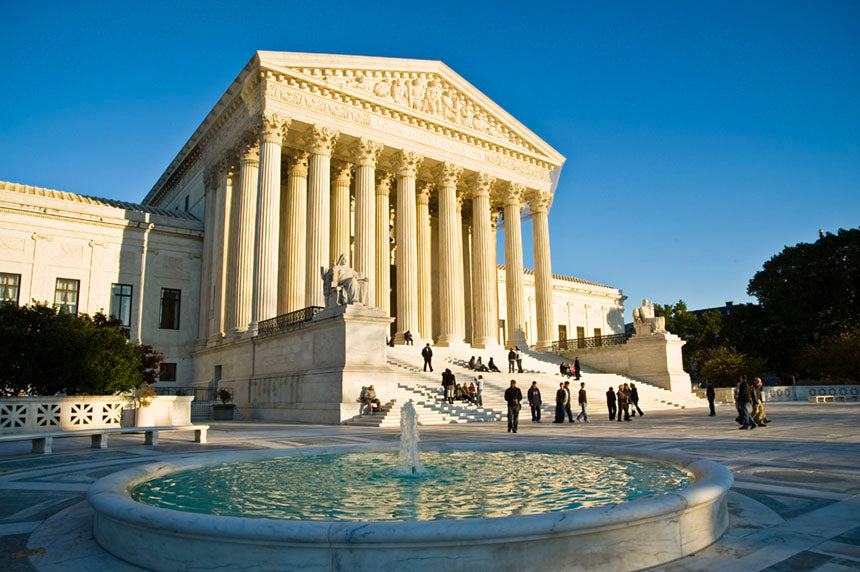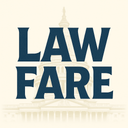In the hallowed halls of American jurisprudence, where the ghosts of founding fathers whisper about inalienable rights, a modern contradiction is about to take center stage. On October 20, 2025, the U.S. Supreme Court announced it would hear United States v. Hemani, a case that could decide whether millions of cannabis consumers—many of whom live in states where pot is as legal as a parking ticket—can exercise their Second Amendment right to bear arms.
At its core, this isn’t just about weed or weapons; it’s a clash between evolving public mores, constitutional bedrock, and the slippery slope of government overreach. Constitutionally, the answer screams “yes”—the right to self-defense doesn’t evaporate with a toke. But as history shows, public sentiment often bends policy like a reed in the wind, sometimes toward safety, sometimes toward subjugation.
The backstory reads like a script from a dystopian dramedy. Ali Danial Hemani, a dual U.S.-Pakistani citizen from Texas, found himself in the FBI’s crosshairs in 2022 amid suspicions of ties to Iranian entities. A raid on his home unearthed a Glock 9mm pistol, 60 grams of marijuana, and a smidgen of cocaine.
No charges for the drugs or the alleged espionage—just a felony indictment under 18 U.S.C. § 922(g)(3), a 1968 Gun Control Act provision that bars “unlawful users” of controlled substances from possessing firearms. Hemani admitted to puffing pot every other day, but crucially, he wasn’t high when agents found the gun. A federal district judge tossed the case, citing the Supreme Court’s 2022 blockbuster New York State Rifle & Pistol Association v. Bruen, which demands that gun restrictions be “consistent with this Nation’s historical tradition of firearm regulation.” The conservative Fifth Circuit Court of Appeals agreed in January 2025: history supports banning intoxicated folks from packing heat, not habitual users who might blaze on a Tuesday but sober up by Friday.
Enter the Trump administration’s Department of Justice, which appealed to the High Court in a rare pivot from its pro-gun stance. Despite Trump’s championing of Second Amendment absolutism—recall his 2018 bump stock reversal—the DOJ argues this ban is a “narrow” carve-out for public safety. “Habitual illegal drug users with firearms present unique dangers to society,” Solicitor General D. John Sauer wrote, painting pictures of impaired shooters sparking “armed, hostile encounters with police.”
The feds claim it aligns with colonial-era laws disarming the drunk and deranged, and that since marijuana remains federally Schedule I (despite Biden’s 2024 rescheduling push to Schedule III), users are “unlawful” by default. Oral arguments are slated for early 2026, with a decision by summer—potentially freeing or felonizing up to 19% of Americans who’ve tried cannabis, per CDC data, many overlapping with the 32% who own guns.
Public sentiment? It’s a mixed high. Polls show overwhelming support for legalization—67% back recreational weed, 91% medical—yet gun rights polls tilt conservative, with 72% opposing stricter controls overall (Pew, 2024). On X (formerly Twitter), reactions range from libertarian fury—”Un-Constitutional And Unjust As Hell,” one user fumed—to pragmatic shrugs: “Drunk alcoholics armed with guns is Ok guess they need more ice agents?”
The Marijuana Policy Project calls it “unfair to strip constitutional rights,” echoing Hemani’s lawyers: Why punish state-compliant users when the ATF’s Form 4473 already nixes sales to potheads, blocking more deals than any rule save felon bans?
Critics like NORML argue the Founders—many hemp farmers—never disarmed cannabis users; colonial records show no such tradition.
Yet safety hawks, including the DOJ, fear a ruling for Hemani guts hundreds of annual prosecutions, spiking violence in a nation reeling from 2025’s record mass shootings.
Here’s the rub: This ban targets users, not the impaired. It’s unlawful to fire a gun buzzed—on booze, buds, or Benadryl—under existing statutes. But blanket disarmament? That’s where tyranny lurks. History’s ledger is stained with examples: Weimar Germany’s 1919 gun laws paved the Nazi path, disarming Jews and dissidents before the Holocaust; Soviet purges under Lenin stripped kulaks of arms, enabling famines that killed millions; Mao’s 1930s registries preceded a Cultural Revolution bloodbath.
Closer to home, the 1968 Gun Control Act—born amid riots and RFK’s assassination—disproportionately hit Black activists, as the NRA later admitted. Fast-forward: Post-Bruen challenges have struck similar bans in the Fifth and Eighth Circuits, with the Eleventh deeming medical users exempt if state-compliant.
The Trump DOJ’s push, while framed as anti-violence, echoes these precedents: a “temporary” restriction (just quit toking!) that history shows becomes permanent for the “undesirable.”
And alcohol? The elephant in the saloon. Ethanol, the deadliest drug in America—claiming 178,000 lives yearly via overdoses, crashes, and violence—gets a pass.
No federal ban for habitual drinkers, despite colonial laws targeting only the sloshed, not the sippers. Booze fuels 40% of gun suicides and triples assault risks, yet it’s normalized: Super Bowl ads, not ATF forms. Cannabis? Safer by metrics—zero overdose deaths, lower violence links—yet demonized since Reefer Madness.
This hypocrisy isn’t harmless; it forces choices, like veteran Pearson Crosby ditching his medical card for a concealed carry permit, trading pain relief for protection.
Theoretically, upholding the ban curbs “individual-to-individual” costs—fewer stoned shootouts. But as *Bruen* demands historical analogs, the feds’ case wobbles: No Founding-era edict disarmed hemp-grower Jefferson for his pipe. A win for Hemani could harmonize state freedoms with federal rights, shielding 50 million users from felony traps. Lose it, and we inch toward selective disarmament, where “public safety” justifies eroding liberties for the next bogeyman—vapers? Gamers? The culturally suspect?
As the gavel looms, remember: Disarmament of the people has never ended well for the disarmed. From Valley Forge to Velvet Revolution, armed citizens checked tyrants. In 2026, the Nine will weigh if a joint nullifies that bulwark—or if the Second Amendment, like Lady Justice, is blind to your last puff. The stakes? Not just a Glock and a gram, but the soul of a free republic. Tune in; liberty’s on the docket.










Share:
The SNAP Shutdown: A Tipping Point for Dependency, Fraud, and Rising Crime
Netanyahu’s Strikes on Gaza: A Fragile Ceasefire Shatters Amid Manufactured Pretexts and Enduring Expansionism